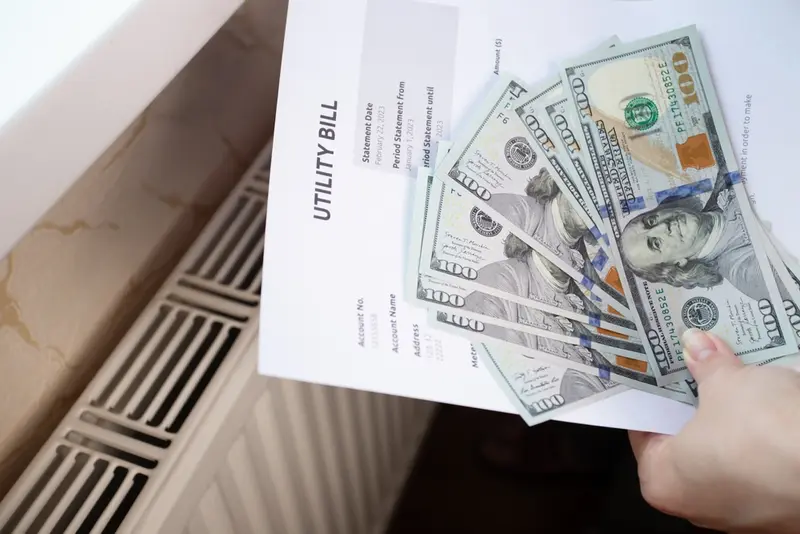15 Proven Ways to Start Saving Money and Fit Savings into Your Budget
Not only is saving money a financial objective; it’s also a necessary first step toward long-term security and independence. Whether your dreams are of retiring comfortably, purchasing your first house, or just creating an emergency fund, savings are absolutely vital. Including savings into an already limited budget might, however, feel taxing.
This page dissects 15 practical ideas to enable you to save money and easily integrate those savings into your budget. By the finish, you will have useful understanding to preserve financial discipline in addition to savings way. Let’s explore the why, how, and what of wise saving strategies now.
1. The Basics of Saving Money
Why Saving Money Matters
Regular saving behavior produces financial stability. Regular savings help you to be ready for crises, lower stress, and open the path to more ambitious aspirations like property or travel. Savings also serve as a buffer, giving piece of mind in trying circumstances.
How to Set Achievable Savings Goals
Sort first the things you are saving for. Sort your objectives into short-term (such as a vacation), medium-term (such a car), and long-term (like retirement). Create a calendar and figure out how much you must save each month to meet these targets. Divining things into smaller, doable portions lessens the process’s intimidating nature.
The 50/30/20 Rule
The 50/30/20 rule is a tested budgeting tool that divides your income 50% for needs, 30% for wants, and 20% for debt payback. You make this non-negotiable by giving savings first priority inside this framework.

2. Assess Your Current Spending
Track Expenses Effectively
First step in saving is knowing where your money goes. Sort your outlays using Mint or YNAB (You Need A Budget). As another option, make a spreadsheet tracking every purchase over a month. This process points up places where you might cut back and shows expenditure trends.
Identifying Areas of Overspending
Search for behaviors that drain your money, such frequent dining out or subscription to unnecessary services. When combined, these little outlays sometimes eat a sizable portion of your income.
Tools and Apps for Tracking Spending
Modern technology streamlines cost monitoring. PocketGuard, Goodbudget, and EveryDollar among other apps offer simple interfaces that enable you to track and manage your spending. Many also include tools to help set savings targets and monitor advancement, therefore streamlining the process.
3. 15 Ways to Save Money (Detailed Tips)
A. Cut Everyday Costs
- Change to Generic brands: For a fraction of the price, generic products sometimes equal the quality of branded goods. Choosing store brands might save hundreds yearly for food, drugs, or household items.
- Use coupon and cashback apps: Search for discounts and cashback using Honey, Rakuten, or Ibotta. Combining these instruments with sales will help you cut your expenses dramatically.
- When practical, buy in bulk: Buying in bulk from places like Costco can result in significant discounts for non-perishable goods like cleaning supplies or cosmetics. Just make sure you will use the things before expiration and have the storage space.
- Compare Costs Before Making Purchase: Use PriceGrabber or CamelCamelCamel to compare prices before you buy. This habit guarantees the greatest bargain possible.
- Steer clear of unwarranted subscriptions: Review your subscriptions often. Cancel those you just seldom use, such as gym subscriptions or streaming services. When at all feasible choose free substitutes.
B. Reduce Utility Expenses
- Maximize home energy use: Use smart thermostats to control heating and cooling and switch to LED, energy-efficient lighting. These adjustments dramatically lower energy costs.
- Install Energy-Efficient Appliances: Although ENERGY STAR-rated appliances have initial expenses, over time their energy savings pay for themselves.
- Turn off devices not in use: Devices even off consume power if left plugged in. Learn to unplug appliances and chargers while not in use.
- Think of budgeting for utilities: Budget billing methods, which average your bills over the year, allow many electricity companies to help you avoid seasonal surges.
- Use Off-peak Rates to Control Energy Consumption: If your power company provides cheaper rates during off-peak hours, plan chores like dishwashing or laundry at these periods to cut expenses.

C. Smart Banking & Investments
- Opening a High-Yield Savings Account: Better interest rates from high-yield savings accounts let your money grow more quickly than from conventional ones.
- Manage Your Savings Contributions Automatically: Configure automated transfers from your checking to savings account. You guarantee consistency by seeing savings as a bill.
- Leverage employer matching in retirement accounts: Many companies match payments to 401(k)s and other retirement funds. Ignoring full advantage is basically letting free money go unrealized.
- Avoid ATM Charges by Making Use of In-Network ATMs Regular out-of-network ATM visits might mount up. Keep to the ATMs of your bank or make less frequent withdrawals of bigger sums.
- Make sensible use of credit cards to get benefits. Used sensibly, credit cards with cashback or points can help you save money on regular purchases. Monthly payment of the debt will help you avoid interest.
4. How to Fit Savings into Your Budget
Prioritize Savings First
Using a set percentage of your salary for savings before paying other bills, follow the “pay yourself first” advice. This strategy guarantees that savings are not overlooked.
Adjust for Unexpected Expenses
One never knows what life brings. Keep a contingency in your budget for crises so unanticipated expenses won’t throw off your savings goal.
Review and Update Your Budget Regularly
A budget is not static. Review your financial condition three times a year to modify for goals, income, or spending. Spend this time honing your savings plan.

5. Building a Sustainable Savings Habit
Set Realistic Long-Term Goals
Try to reach reasonable benchmarks rather than too high goals. Saving $5,000 in a year, for example, could seem overwhelming, but splitting it into $416 monthly sounds doable.
Celebrate Small Wins
Celebrate a little each time you reach a financial goal. This positive reinforcement drives you.
Practice Mindfulness and Delayed Gratification
top and ask whether the item fits your objectives before acting impulsively. Over time, learning to postpone gratification can save big financial costs.
Conclusion
One of the most empowering actions you can do is beginning to save money regardless of your present financial status. The 15 practical ideas in this post demonstrate how little, regular actions add up to great effects. These suggestions can help you lay a strong financial basis for the future by including into your budget.
Starting now, Every action counts, from creating a high-yield savings account to canceling unneeded subscriptions to just tracking your spending. Good saving practices define financial freedom; hence, start today to ensure your better future.



